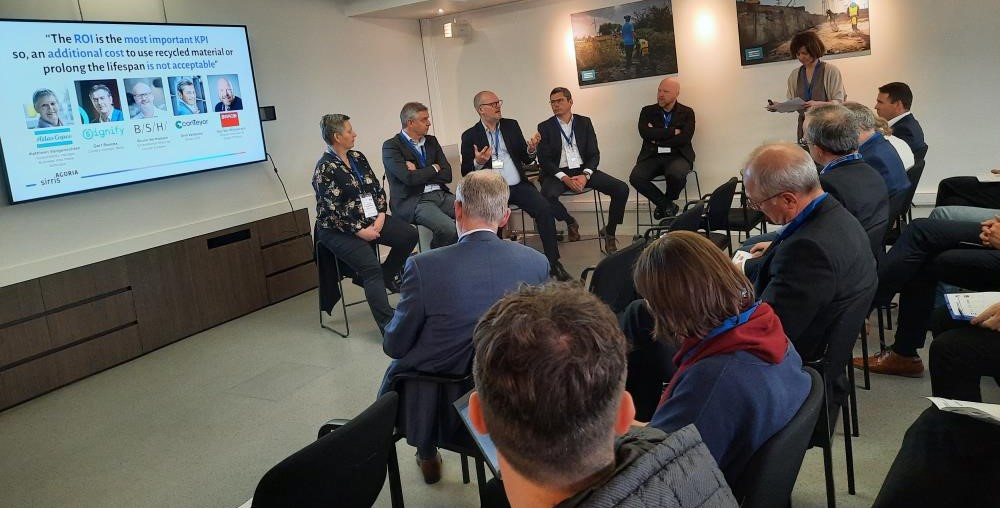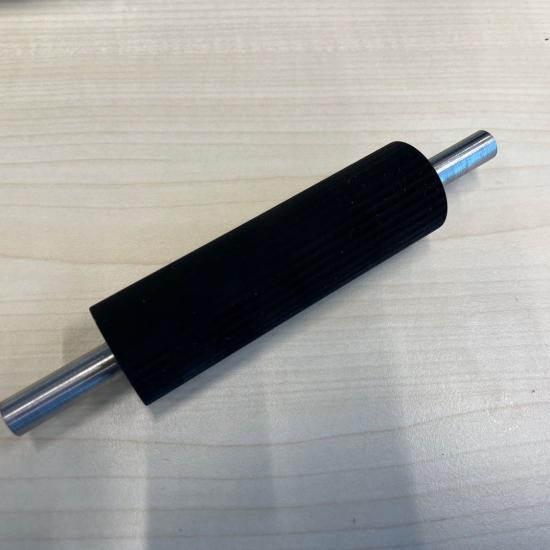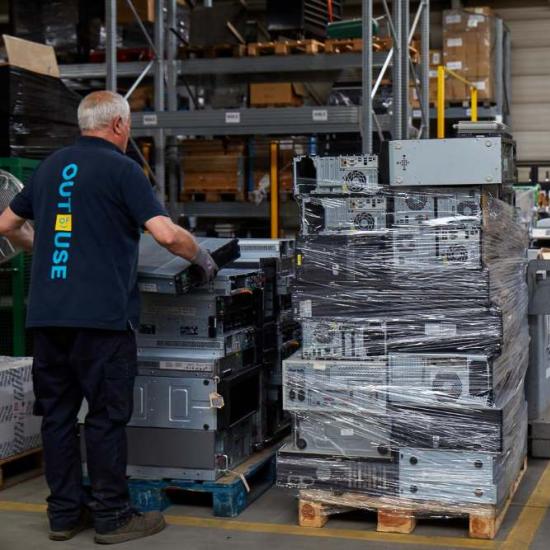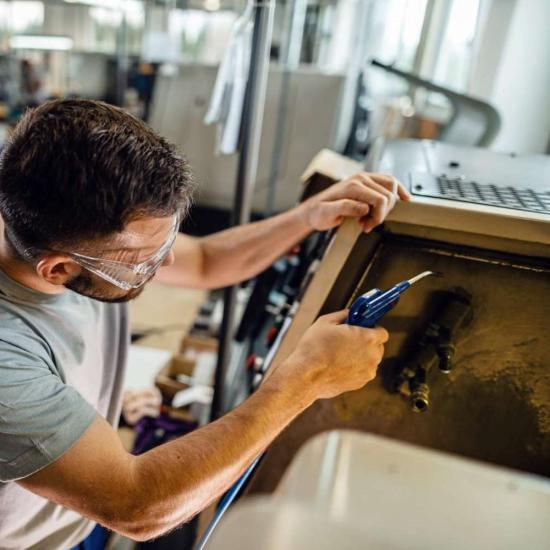Removing Circular Economy hurdles - blog 2
To reduce the impact of products, circularity focuses on lifespan extension and reduced material footprint. This, however, often comes with an additional cost, impacting the return on investment (ROI). What approach do Circular Economy front-runners use to change their companies' KPIs to move to more circularity?
Sirris and Agoria have started a series of blogs, that will provide some insights from front-running companies in the circular economy, derived from the Agoria-Sirris Learning Network CE Connect for the technological & manufacturing industry. During the Executive Exchange session in April 2023, the C-level management from the network shared its insights and lessons learned in a panel discussion with Atlas Copco, Signify, BSH, conTeyor & Barco. The panel’s insights are reflected in a blog series: 'Removing Circular Economy hurdles'.
26 March 2023 was ‘Overshoot Day’ in Belgium, the day we exceeded the earth's biocapacity. From that day onwards, Belgium consumes more than the amount of ecological resources the earth can generate in a year. "This fact shows that change is needed. We must face reality," says Gert Roeckx, Country Manager of Signify, during the panel discussion on circularity at the Agoria-Sirris Learning Network CE Connect for the technological & manufacturing industry.
We asked the panellists from Atlas Copco, Signify, BSH, conTeyor & Barco to reflect on the following quote: "The ROI is the most important KPI, so an additional cost to use recycled material or prolong the lifespan is not acceptable". Is there a ground of truth in it? This blog post reflects their insights and experiences.
Look beyond the ROI
Of course, the statement is an exaggeration. ROI is a well-known economic concept in which the return is calculated up to the point of sale. Most companies look further than that, but too many ignore sustainable investments because of their cost focus.
The panel of the Agoria-Sirris discussion put forward the total cost of ownership (TCO) as a game-changing alternative for ROI. "Our classical economic model is not future-proof," says Bruno Vermoesen, Head of Brussels Office for Environmental Governmental Affairs at BSH. "We need to evolve towards circular business models, in which the ROI covers the entire product life cycle, including material recovery."
Atlas Copco gives an example. "We decided to switch to bio-oils for our internal tests," says Bert Derom, President Portable Air Division at Atlas Copco. "This switch caused an extra cost. However, we see a strong impact and a more positive image thanks to the significant carbon emissions reduction."
Broaden the definition of TCO
Bookkeeping and classic cost calculations ignore the three Ps: people, planet and prosperity. From a systems perspective, we know that the indirect effects of our behaviour have a significant impact. Often, we only become aware of this impact with delay.
Guy Van Wijmeersch, Director Innovation & Design Thinking at Barco: "Cost-driven engineers traditionally have a short-term focus on ROI. But it is better to look at TCO and the triple bottom line approach that considers the impact on society and the planet. This approach can lead to inclusive design."
The panellists see sustainability aspects, such as lifetime extension, upgradeability, serviceability, reusability and recyclability, are gaining weight in KPIs. For TCO, the entire lifecycle is considered. This implies a mind shift, because you have to value things you did not value before, including service costs, repair costs and end-of-life value.
Communicate transparently about the impact
It all starts with knowing and understanding the entire impact of your product or service. Translate this impact into clear communication towards the different audiences, such as employees, clients and other shareholders. Because once the impact on all of them, including society and the planet, becomes visible, awareness can rise. This transparent communication can also convince clients to buy a circular product or service, because, in the long run, it is more sustainable and cheaper.
Transparent communication also increases support. "It requires re-educating the entire ecosystem to make TCO understandable to all relevant stakeholders. But minds are changeable, for example, by providing answers to expectations around finance, sustainability, maintenance and well-being/safety," knows Gert Roeckx, Country Manager of Signify.
Measure the hidden environmental costs
Extend this open communication to clients. In our first blog post 'Are clients willing to take the risk to have a long-term commitment to a supplier?' we learned clients are mainly focused on solving their problems, working more efficiently and getting better functionalities. However, this changes when the hidden environmental costs become visible and measurable. Then the additional costs to use, for example, recycled material or prolong the lifespan become acceptable.
Use this as leverage. Find out how your offering can contribute to the customer's triple P (People, Planet, Prosperity) targets. And certainly when profits become demonstrable. Inform your clients about the right TCO. From this angle, also support whoever writes the tender requirements. Teach them how to include circularity in their tenders.
Try to understand in detail who is the client, the owner, and the user of your product or service. Each of these roles may have different interests and need different incentives to achieve different goals. TCO is less important to a purchaser (evaluated on lower cash out) than to the person responsible for maintenance. Upgradeability may be valuable for the owner but less so for the accountant. PaaS (Product as a Service) may be interesting for accounting but less for operations.
|
How do you deal with this challenge, and what did you learn so far? Feel free to share your insights related to this topic!





